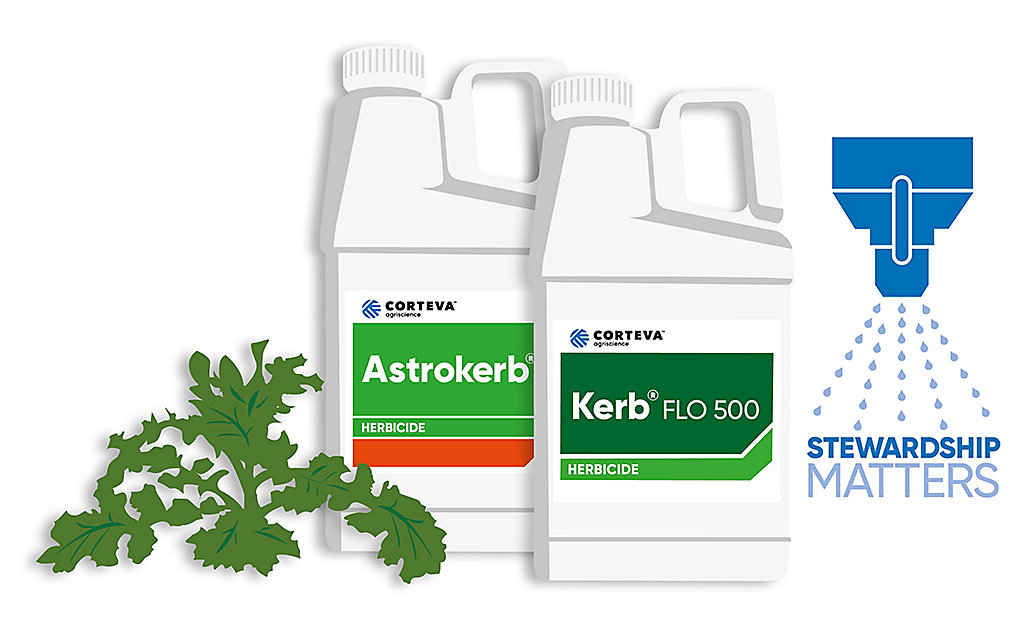Propyzamide stewardship

Oilseed rape is an integral part of the UK arable rotation, and a profitable break crop.
Renowned herbicides such as Astrokerb® and Kerb® Flo 500 contain propyzamide and are the cornerstones of many herbicide programmes. They are key to controlling grassweeds, especially blackgrass and ryegrass in oilseed rape, and with no known resistance, propyzamide can help manage and reduce the burden of these weeds across the rotation.
After a heavy rain event there is a risk of propyzamide attached to soil particles getting washed into surface water. Appropriate planning, management and adoption of stewardship practices must be followed to mitigate this risk.
Oilseed rape growers are urged to consider the actions they can take to protect watercourses.
Field selection, tramline placement and buffer zones can all play an important role in effective risk mitigation.
In line with best practice guidance from the Voluntary Initiative, growers are advised to implement simple steps which will help ensure autumn and winter-applied products don’t reach watercourses.
You can also speak to your agronomist, your local Catchment Sensitive Farming Officer or your local catchment water company officer for advice on managing the reduction of pesticides reaching water.
After reviewing the propyzamide and stewardship materials, take the quiz to test your knowledge and earn CPD points.
BASIS points: 3 (1 CP; 1 E; 1 AP) and 2 NRoSO points.
